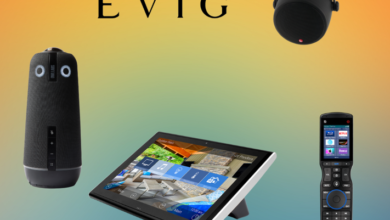
VR Drones : How Virtual Reality Enhances the Drone Experience
The integration of virtual reality into drone technology represents a significant shift in how pilots interact with their devices. This immersive experience enhances control and navigation, allowing users to engage with their environment in unprecedented ways. Furthermore, it broadens accessibility, making drone flying more approachable for individuals at varying skill levels. As innovations continue to emerge, the potential for VR drones raises intriguing questions about the future of aerial exploration and skill development. What lies ahead for this evolving landscape?
The Immersive Experience of Virtual Reality in Drone Flight
The allure of immersion defines the experience of virtual reality (VR) in drone flight, transforming conventional piloting into an engaging adventure.
Realistic simulations create an environment where users can explore vast landscapes, while sensory feedback enhances the feeling of presence.
This combination allows individuals to experience the thrill of flight, fostering a sense of freedom that traditional controls simply cannot replicate.
Enhanced Control and Navigation Through VR Technology
While traditional drone controls often rely on physical joysticks and screens, integrating virtual reality technology significantly enhances both control and navigation.
Pilots benefit from real time feedback, allowing for immediate responses to environmental changes. Additionally, VR fosters spatial awareness, enabling users to perceive their drone's position and surroundings more intuitively.
This combination empowers operators, facilitating a more liberated and immersive flying experience.
Expanding Accessibility for Drone Pilots of All Skill Levels
Advancements in virtual reality technology have broadened the appeal of drone piloting, making it more accessible to individuals across a wide spectrum of skill levels.
Beginner training programs now leverage immersive VR environments, allowing novice pilots to practice without the risks associated with real-world flying.
This innovative approach fosters skill development, empowering users to build confidence and expertise in a safe, engaging setting.
The Future of VR Drones: Innovations and Possibilities
As virtual reality technology continues to evolve, the future of VR drones promises exciting innovations that could revolutionize both recreational and professional piloting.
AI integration will enhance flight autonomy, enabling drones to make real-time decisions.
Additionally, remote collaboration tools will allow multiple users to pilot and interact with drones simultaneously, fostering a sense of community and shared creativity.
Ultimately, this will expand the horizons of drone experiences.
Conclusion
In the ever-evolving landscape of drone technology, virtual reality serves as a transformative bridge, connecting the aspirations of novice pilots to the expertise of seasoned aviators. This synthesis not only cultivates a deeper understanding of flight mechanics but also invites a broader audience to take to the skies. As innovations unfold, the horizon glimmers with possibilities, promising a future where the art of flying becomes a shared journey, accessible to all who dare to dream and explore the skies.




